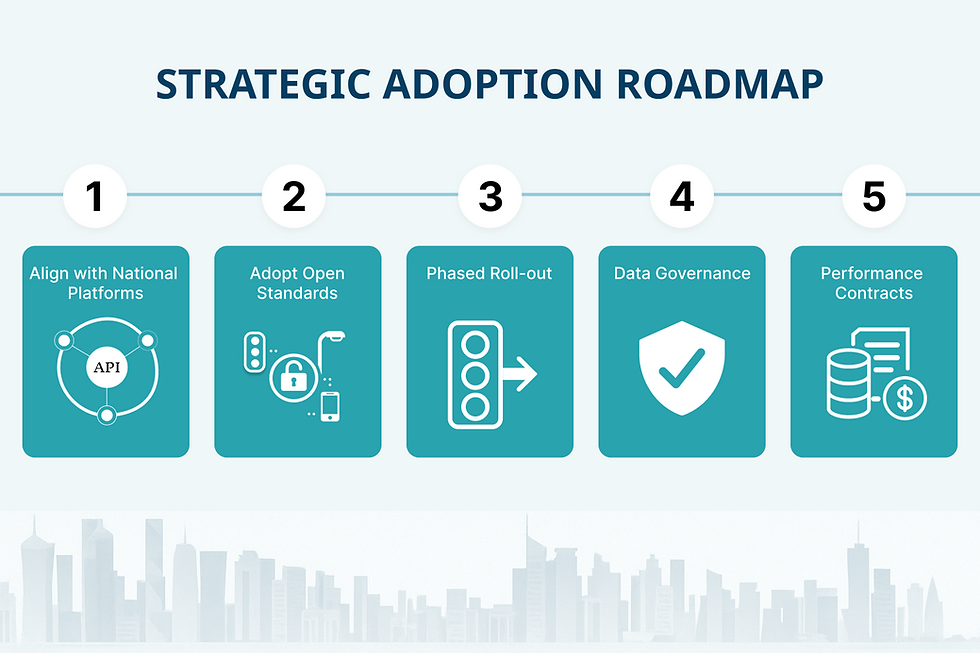
IoT use cases
Real-World Impact:
Sustainability
IoT Use Cases
Explore how organizations are already transforming urban living using our solutions.
Real-World Impact:
Sustainability
Accelerating Decarbonisation with
Data-Driven Insights
Accelerating Decarbonisation with
Data-Driven Insights
Today’s buildings must do more than stand they must think, sense, and respond.
Sustainability isn’t achieved in spreadsheets—it demands live, verifiable data and automated action across every resource stream.
Our sustainability-focused IoT fabric transforms scattered meters and manual logs into a single, intelligent nervous system that:
-
Captures second-by-second readings from energy, water, and waste sensors across multiple facilities, surfacing inefficiencies that monthly bills can never reveal.
-
Correlates renewable generation, grid carbon intensity, tariff windows, and local weather so operations run when power is cheapest and cleanest.
-
Detects micro-leaks, equipment drift, and abnormal chemical usage in real time, triggering alerts before minor issues become regulatory violations.
-
Feeds scope 1–3 emissions, water footprints, and landfill diversion rates directly into ESG dashboards, slashing manual reporting by countless staff-hours each quarter.
With every kilowatt, litre, and kilogram tracked and optimised, organisations move from pledging net-zero to proving progress—while simultaneously cutting costs and risk.

Urban areas struggle with chronic congestion, high-energy street lighting, and declining air quality. IoT Shabaka deploys an integrated sensor-to-cloud architecture that synchronises traffic signals, dims or brightens LEDs in real time, and streams hyper-local environmental metrics. The platform ingests multi-source data, applies AI analytics, and issues automated control commands, creating a self-optimising urban fabric.
Solution Overview
Core Architecture & Components
Layer | Key Elements | Functionality |
|---|
Impact Area | Metric | Global Benchmarks |
|---|---|---|
O&M cost | ▼ 40 % lighting maintenance via predictive alerts (Barcelona pilot) | Automated fault detection planned under TASMU Transport use-cases |
Emissions | ▼ 10-12 % CO₂ from reduced idling (Singapore GLIDE analysis) | Projected 5 % GDP-linked gain from smart-city efficiencies by 2022 |
Energy use | ▼ 30 % lighting power cut after LED+IoT rollout (Barcelona) | Msheireb Downtown reports 30 % lower overall energy demand via 8 000 smart meters |
Traffic flow | ▲ 15-25 % faster average corridor speed (AI-signal coordination, Singapore) | ITS roadmap targets 20 % reduction in delays on Doha arterials (Ashghal) |
Quantified Benefits
Strategic Adoption Roadmap
Deployment under this framework positions municipalities to exceed Qatar National Vision 2030 sustainability and mobility targets while delivering measurable economic return.
Align with National Platforms
Adopt Open Standards
Deploy ITS devices certified under Ashghal V&V guidelines to ensure interoperability and lifecycle security.
Prioritise high-congestion corridors for adaptive signal control, followed by district-wide smart lighting retrofits linked to demand-based dimming profiles.
Phased Roll-out
Enforce Qatar Cybersecurity Framework controls on all IoT endpoints; anonymise mobility data in accordance with Law (13) of 2016 on Personal Data Protection.
Data Governance
Structure energy-service agreements (ESPCs) that guarantee ≥25 % energy savings, financing CAPEX through realised utility reductions.
Performance Contracts
Integrate datasets through MCIT’s TASMU Smart Qatar backbone to leverage existing sector APIs and comply with ISO 37122 smart-city KPIs.

Your
IoT Transformation
Roadmap


